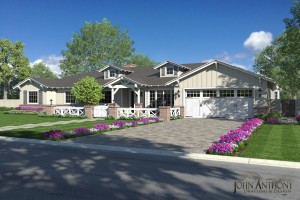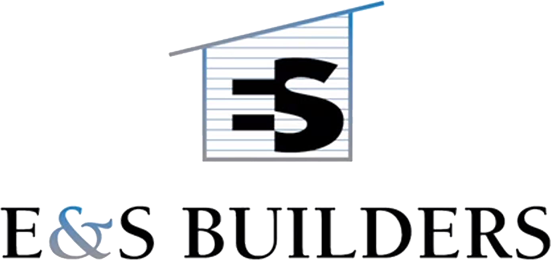Photorealistic 3D Rendering
 Having the ability to show a client what their home will look like prior to breaking ground is priceless. The advantages are limitless as to what 3D Modeling brings to the world of architectural drafting and design. From placing a 3D model of a proposed structure on a site using recorded topography and photos, to creating atmospheric seasonal changes based on time, weather, geographic location. It is very impressive to realize a designer now has the ability to show a client what their master suite will look like in regards to lighting conditions any time of day, or time of the year, and how that light is affected by the materials they choose. The advancements are endless going from photorealistic 3D rendering to full animation, and will only be limited by ones ability to stay educated on the latest technological advancements in this field.
Having the ability to show a client what their home will look like prior to breaking ground is priceless. The advantages are limitless as to what 3D Modeling brings to the world of architectural drafting and design. From placing a 3D model of a proposed structure on a site using recorded topography and photos, to creating atmospheric seasonal changes based on time, weather, geographic location. It is very impressive to realize a designer now has the ability to show a client what their master suite will look like in regards to lighting conditions any time of day, or time of the year, and how that light is affected by the materials they choose. The advancements are endless going from photorealistic 3D rendering to full animation, and will only be limited by ones ability to stay educated on the latest technological advancements in this field.
Rendering is the final step in creating the actual 2D image made of pixels from the 3D modeled scene. Rendering may take a fraction of a second to days for a single image. The more information being utilized, the longer the process and the higher quality of the 2D image. Utilizing materials, lighting techniques, and settings one can render a multitude of different images from a single 3D modeled scene. Below are examples of photorealistic 3D rendering.



















